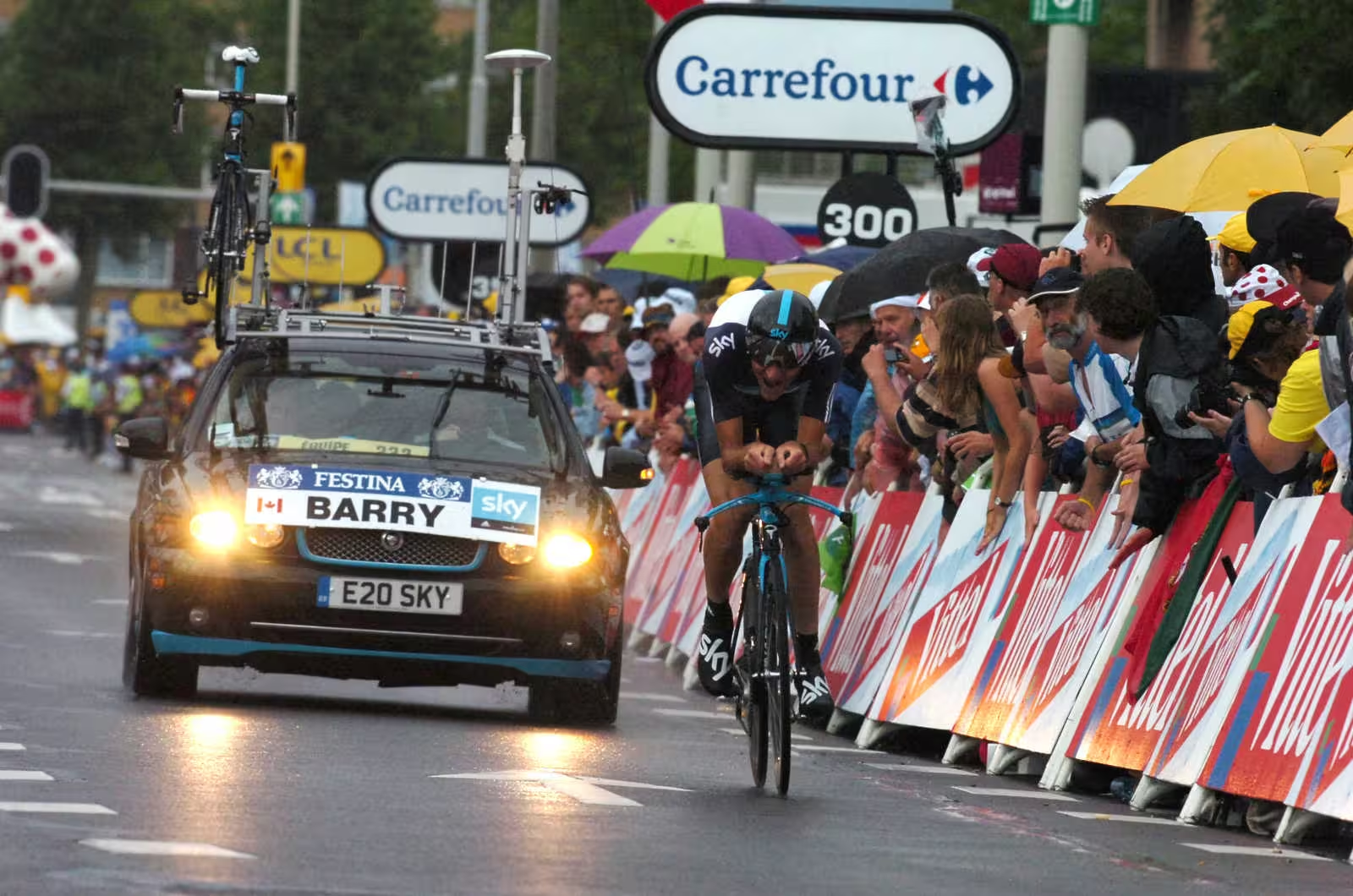A professional cyclist’s longest days of the season are often the few days before a Grand Tour, where they sit around a hotel, often in a sleepy suburb or business park hotel, waiting for the race to start.
For months, they have been preparing for the race, everything is in place, their fitness is at or near a peak, and their minds are focused on the objective. When they are not out for an easy spin with the team, or at a presentation or news conference, they are in a small hotel room, staring at the ceiling, scrolling through their phones, watching films, reading a book, and generally trying to pass idle time by keeping their minds off the race.
Waiting for the Grand Départ at the Tour
Nerves of anticipation bubble within each rider. Even though teams try to control every variable, it is the remaining unknowns that can be haunting. Illness or injury can end a race. And no rider knows whether their fitness will be enough to win, to do their jobs, or for some, even finish. They all know they will suffer, regardless of whether they are at the front of the race or the back.
While rooming with Matt White for several Vueltas, one of our pre-race routines was to go through the race book, scanning the stages and classifying them on difficulty, striking out the ‘easier’ days and counting the big mountain stages, where we knew we would suffer. Of course, we knew that there are rarely any easy days, especially when you’re working as a domestique for a potential race winner, but somehow it put our minds at ease knowing there might only be four or five ‘hard’ days over the three weeks.
Riders are required to be at the race starting point three days before it begins, making the three-week race almost a month away from home, if you include the mid-race rest days. Depending on the first stage, whether it is an individual time trial, team time trial, or mass start race, the riders will preview the courses, riding the bikes on which they will race to hone their positions and analyze the technical aspects of the course.
New kit(s) day
Often, and especially at the start of the Tour de France, teams will introduce new jerseys, glasses, bikes, or equipment. Some teams will sign up new sponsors for the race, while others will mark the race with a unique jersey. Teams with similar colors to the race leader’s jersey will be required to change color. At the Giro d’Italia, where the leader’s jersey is pink, EF adds yellow to their pink…
Click Here to Read the Full Original Article at Canadian Cycling Magazine…

